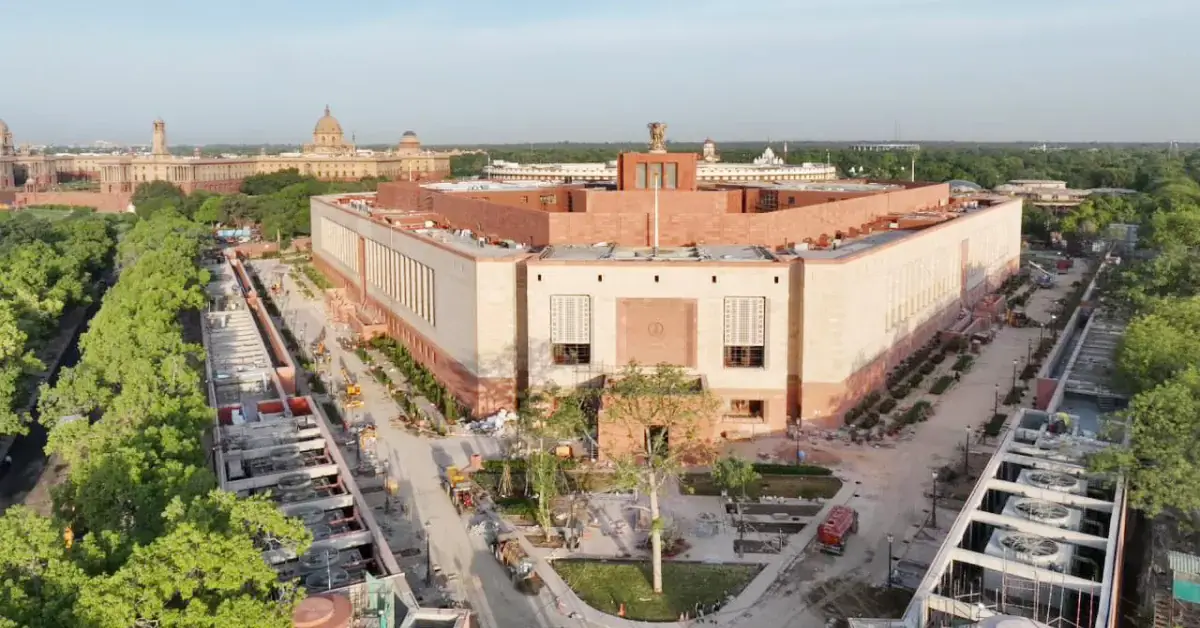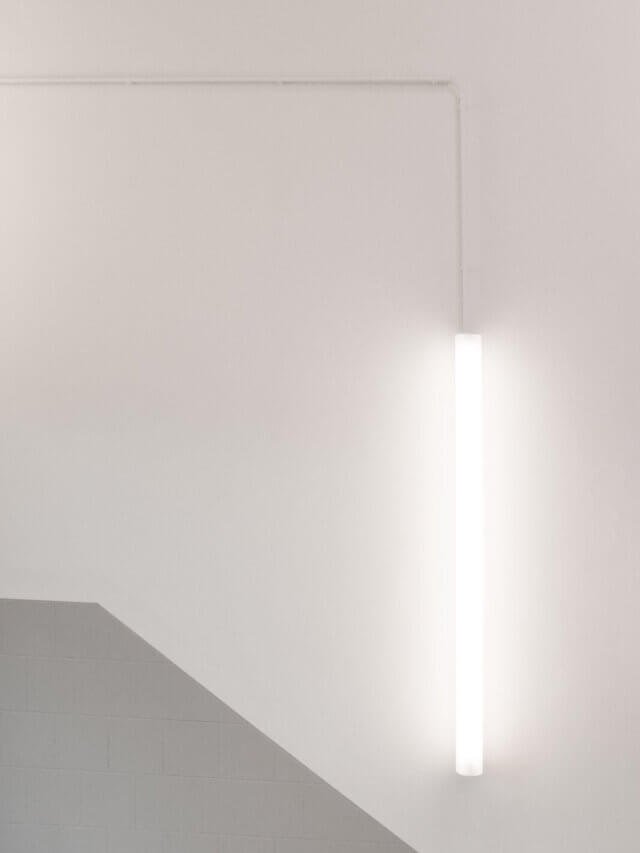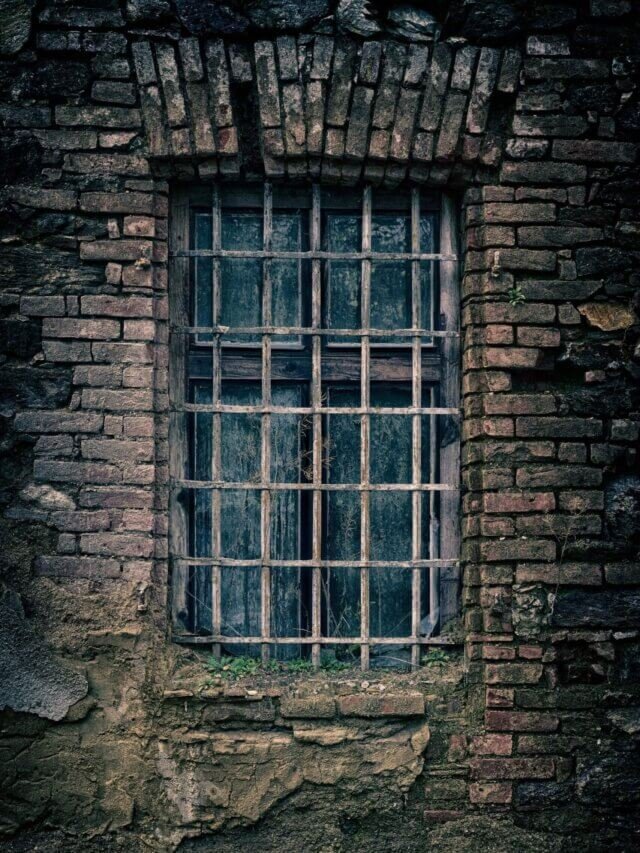On the auspicious occasion of Ganesh Chaturthi, a historic event unfolded in the heart of India’s capital – the first-ever parliamentary session was held at the new Parliament building. This marked a significant milestone, setting the stage for a new era of modernization and progressiveness in the political landscape of the country.
The parliament building, the cornerstone of the world’s largest democracy, has officially retired on this day, September 19th, 2023. For nearly a century, it bore the weight of the people’s dreams and hopes with grace and dignity. But, as they say, every sunset marks a new beginning. Today, we stand at the entrance of an exciting future, filled with boundless possibilities.
On this historic day, let’s get to know about this testament to modern advancement in civil engineering and technology. In this blog, we will take you on a short virtual trip to our new Parliament Building and highlight 10 facts that make this architectural marvel stand out.
1. The Foundation

The need for a new parliament building was widely recognized primarily due to the limited space available to accommodate all members of parliament. The sitting capacity fell short by almost 50%, which led to significant disruptions in parliamentary proceedings. To address these issues, Prime Minister Narendra Modi initiated the Central Vista Redevelopment Project and conducted a ‘Bhoomi Pujan’ on December 10, 2020, laying the foundation stone for the new Parliament building.
2. The Inauguration
On 28th May 2023, Prime Minister Sri Narendra Modi inaugurated the new Parliament building. The ceremony witnessed unprecedented interest from the general public, who through various mediums expressed their joy and pride.

3. Theme of the Parliament
Across the circular heritage building, now known as the Samvidhan Bhawan, constructed by British architects stands a triangular complex of the new Parliament of India. The new building is part of a grand plan to revamp colonial-era architecture and design contemporary buildings with Indian identity. The new Lok Sabha of the parliament building, is inspired by Peacock, our national bird, while the Rajya Sabha is based on the Lotus, our national flower. Both halls pay homage to our rich cultural and spiritual heritage, reflecting a trend towards modernizing our national symbols while preserving our traditions.
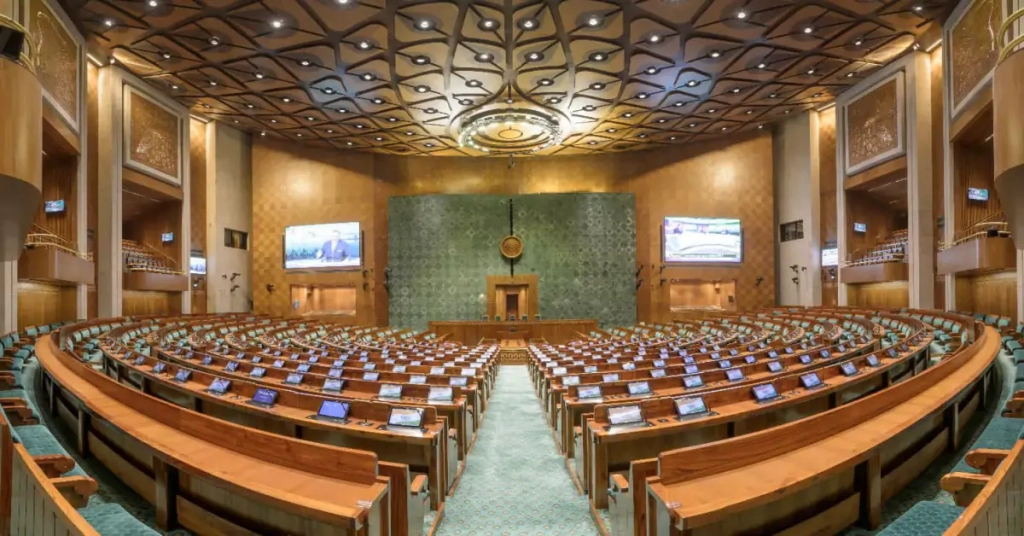
4. Area
The built area of the building measures 20,866 square meters (224,600 sq ft) and hosts a central hall for joint sessions, Lok Sabha and Rajya Sabha. The building will also house a separate office for each of the members of parliament. Additionally, the new Parliament will also have a constitution hall to showcase the rich democratic values of our country, a lounge, a library, committee rooms, and dining halls. As a result, the new Parliament building is now considered the fourth largest in the world, trailing only behind the parliaments of China, Romania, and the US.
5. Sitting Capacity at the New Parliament Building
The central hall of the new parliament, where the joint sessions happen can accommodate 1,272. In the old parliament, now Samvidhan Sadan, the joint sessions could only accommodate 436 people in total, out of 793 members of the parliament.
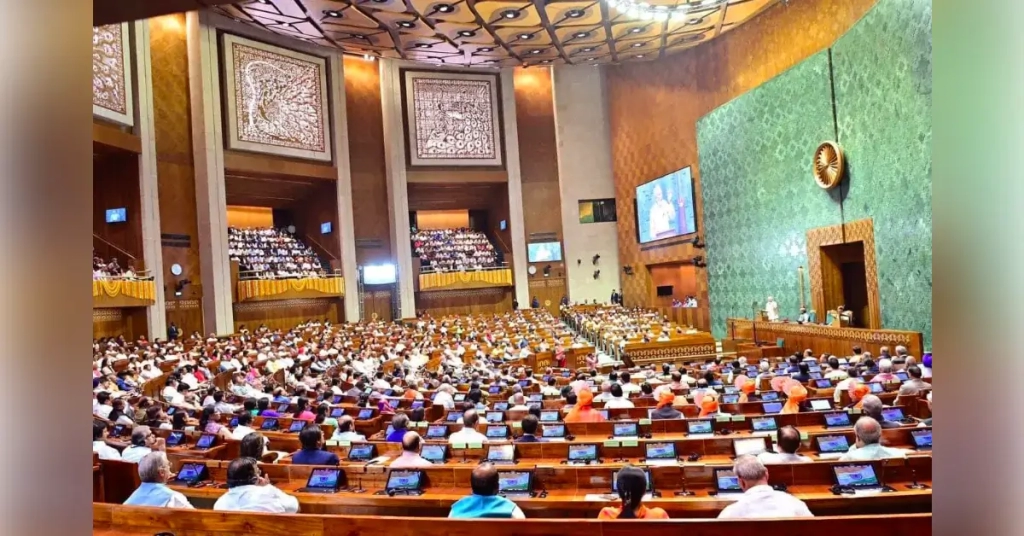
6. Cost of Construction
The estimated cost of construction of the new parliament is approximately 836 Crore.
7. The Builders and Architects
In Sep 2020, Tata Projects Limited won the bid to construct India’s most prestigious building at around 860 Crore. Ahmedabad-based HCP Design Planning and Management Pvt Ltd was the architectural consultancy for the project.
8. Materials Used
The creation of a national symbol that will inspire 1.4 crore Indians for decades to come would require immense effort. During construction, an estimated 26000 metric tonnes of steel, 63807 metric tonnes of cement, and 9,689 cubic meters of fly ash were utilized. Also, the project generated 23,04,095 man-days of employment.
9. Unique Features of the New Parliament
The new parliament building is lashed with multiple amenities and features with a special focus on the security and convenience of our representatives. With ample space, the entire premise is equipped with the latest technology and digital interfaces, which accentuates the essence of Digital India. The building features a rainwater harvesting and water recycling system and 100% UPS power backup. Also, the building is built to withstand earthquakes.

10. Address of New Parliament Buildling
The address of this biggest landmark of the country is Sansad Marg, Janpath, New Delhi – 110001.
Team Real Fynd congratulates all fellow Indians on this incredible feast and wishes our members of Parliament all the best for ensuring efficient utilization of this beautiful building.
